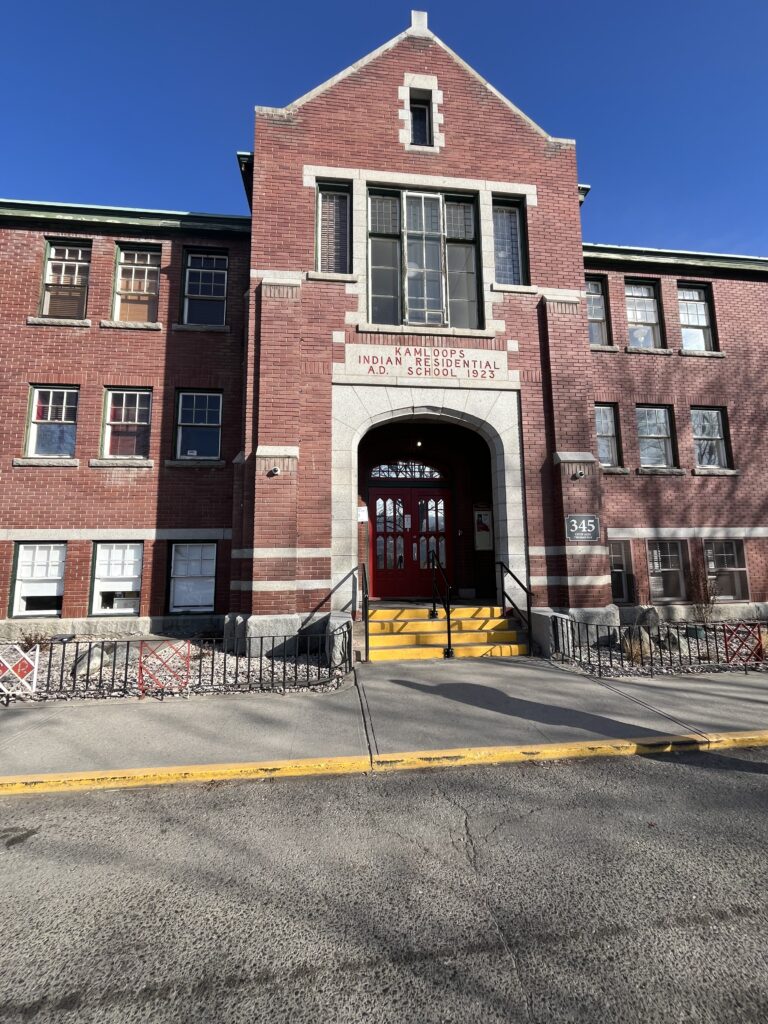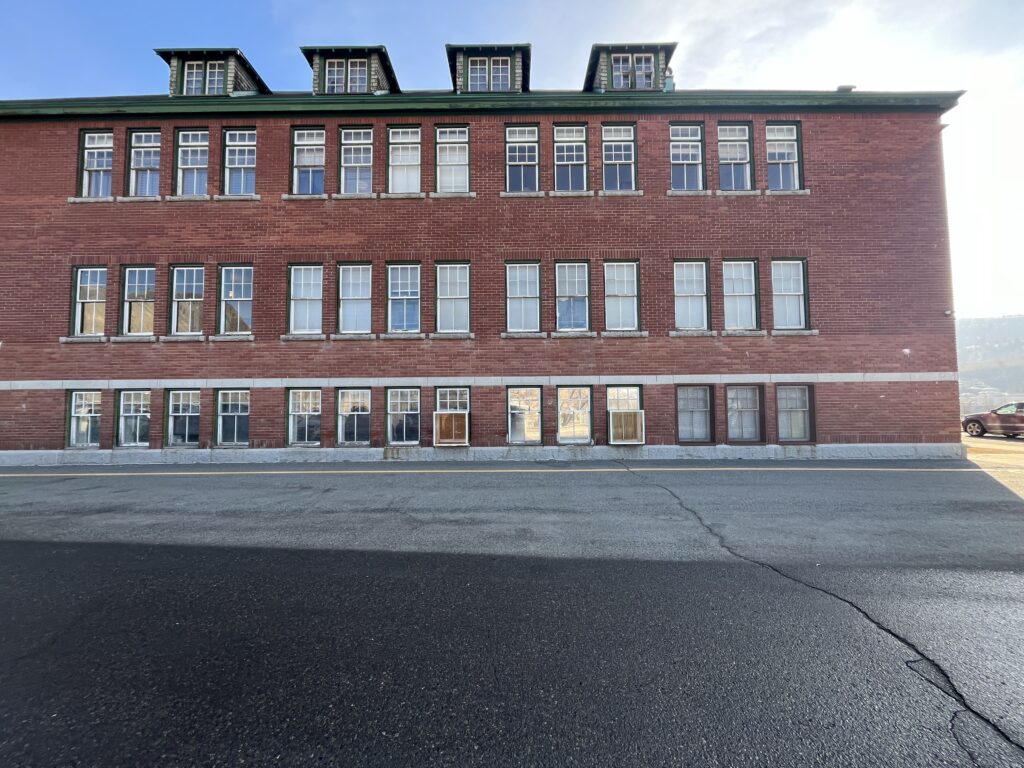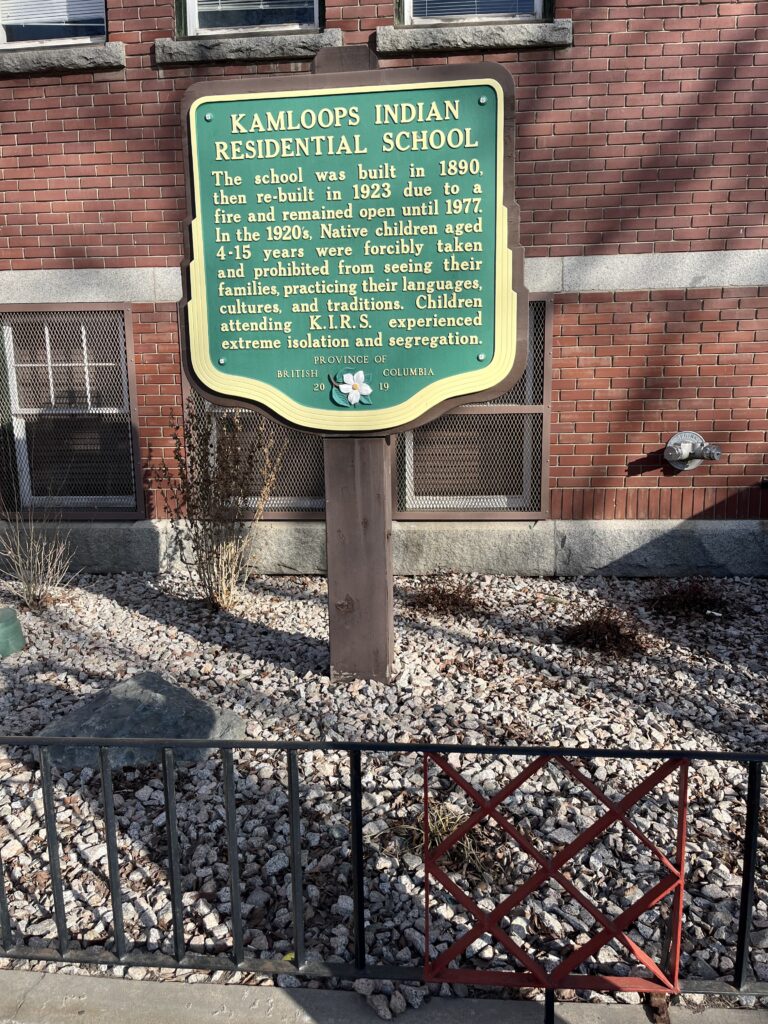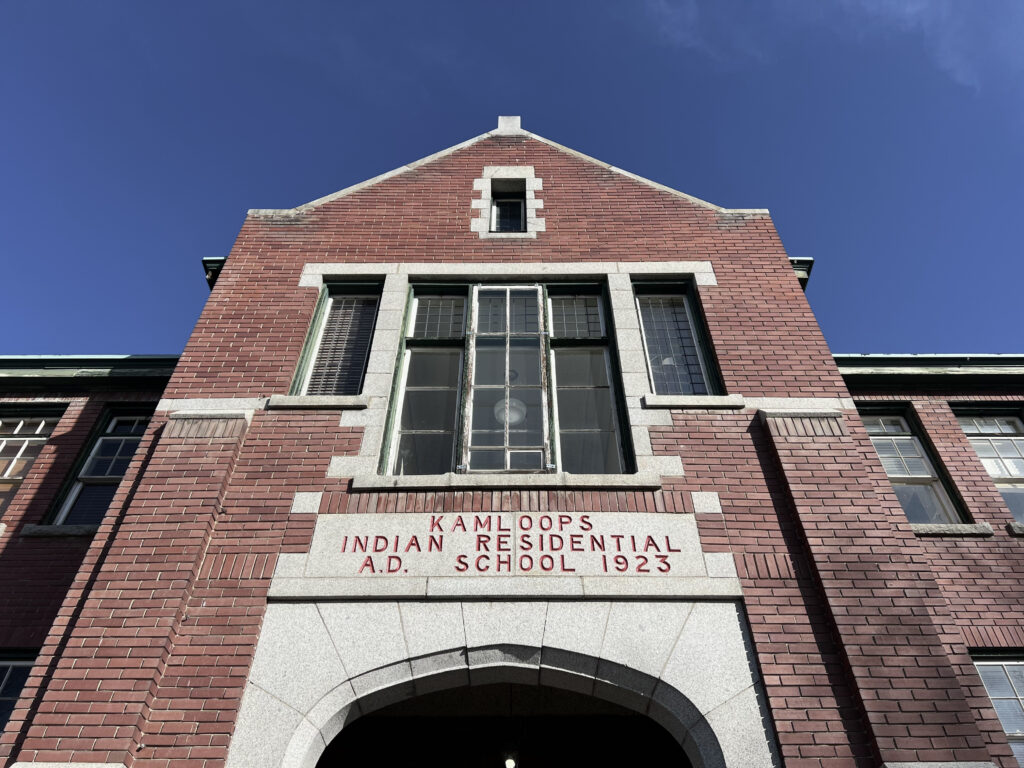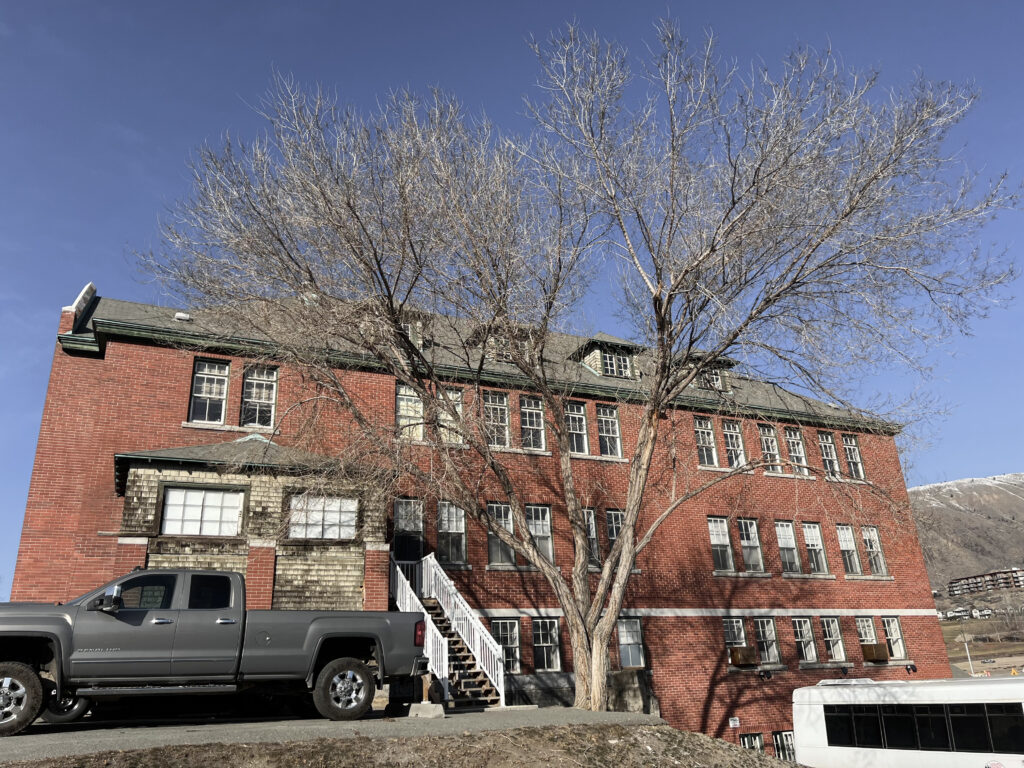In mid-June 2023, CBC News reported that denialists, people who were in ‘denial’ of the outcome of the 2021 burial site investigation, trespassed the now sacred site to maliciously exhume or dig up the remains so that they can ‘see for themselves’. The denialists brought shovels on the site and documented the residential school grounds without consent. To deny and miniscule the psychological, mental, physical, and sexual abuse of Indigenous children are the objectives of these denialists. The group’s unlawful entry, lack of respect for the deceased and their willingness to disobey cultural protocols show the extent of hatred and discrimination ‘denialism’ is built upon. Even though almost 4 years have passed since the tragic discovery of 215 unmarked graves at the former Kamloops Indian Residential School, the mourning and fight for justice persist as First Nations communities continue to stand for their truth and reconciliation.
To have a deeper understanding of Indigenous injustices, we must listen to their stories and today’s podcast can help you attain a broader percpetion on these issues. This podcast episode features Tanisha Terry, a Secwépemc and Nigerian student at Thompson Rivers University. Tanisha voices her perspectives on Indigenous censorship in the media, the denialist incident and even speaks on behalf of her grandfather – a Kamloops Indian Residential School survivor. Her disposition will make you understand the harsh outcome of residential school trauma for survivors’ families. Though her Poppa’s neglect and conditioned mentality prevent Tanisha’s unwavering love to be reciprocated, she understands that most people who have gone through a tragedy like her grandfather has, unfortunately “stay in that dark spot” emotionally.
I hope you enjoy listening to this episode of the Tragic Truths of Kamloops podcast!
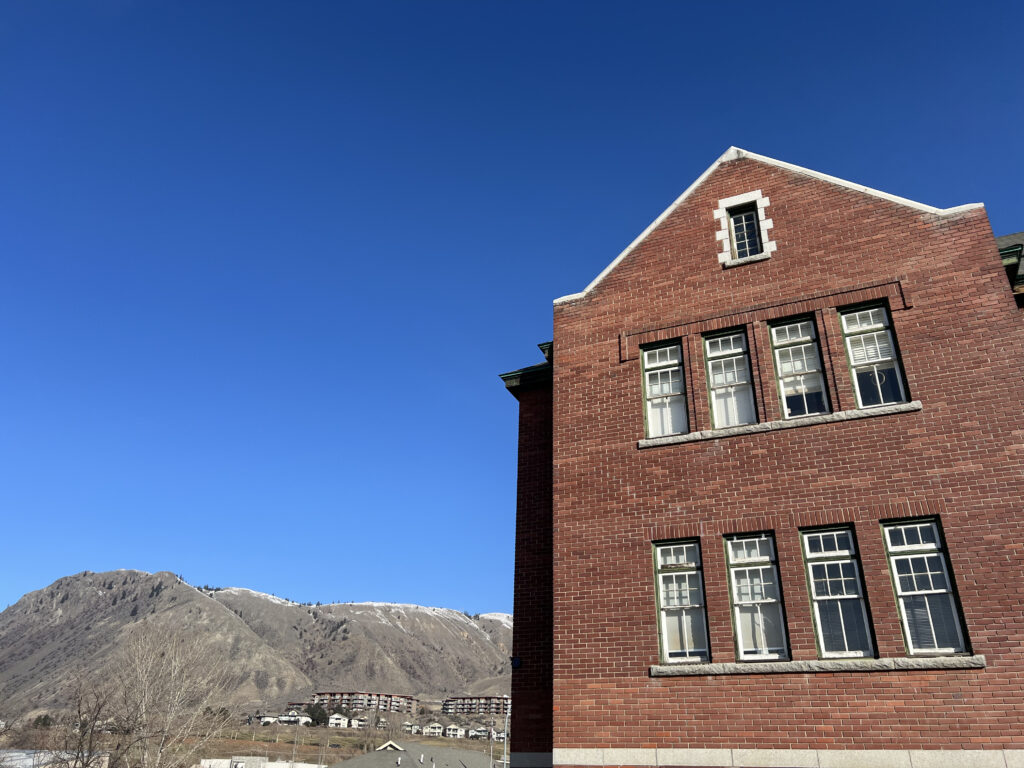
Works consulted:

